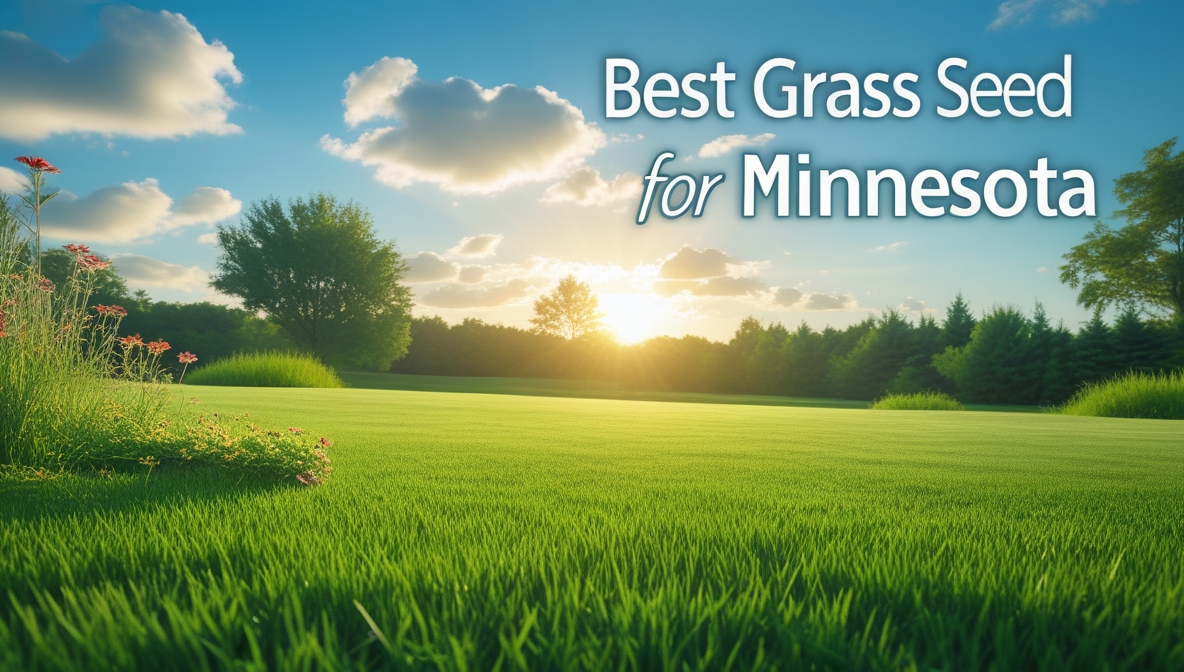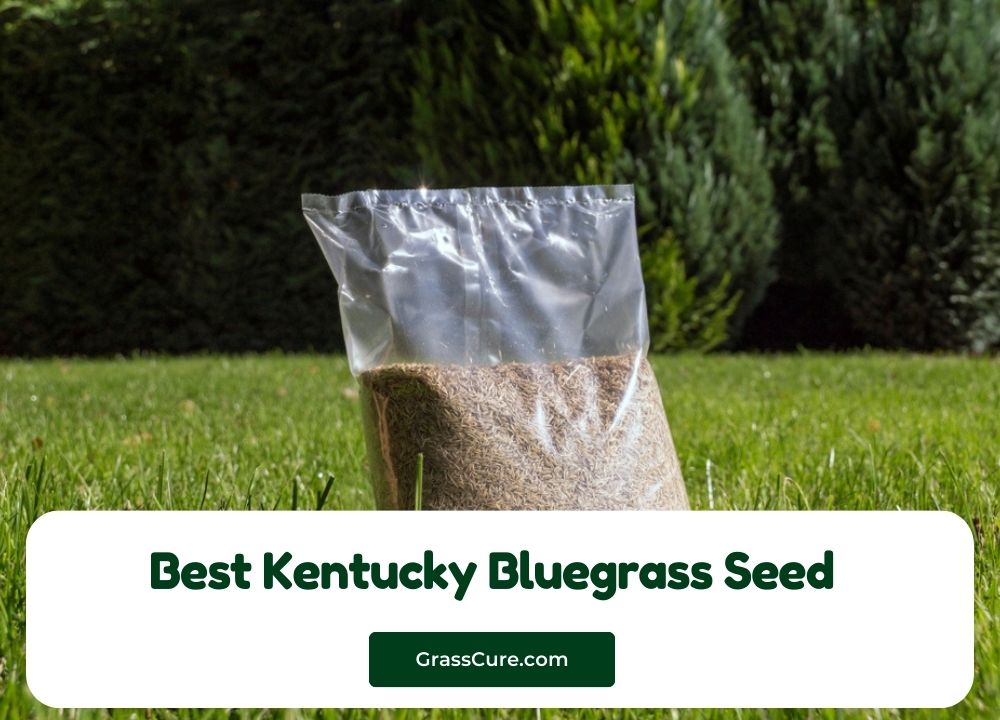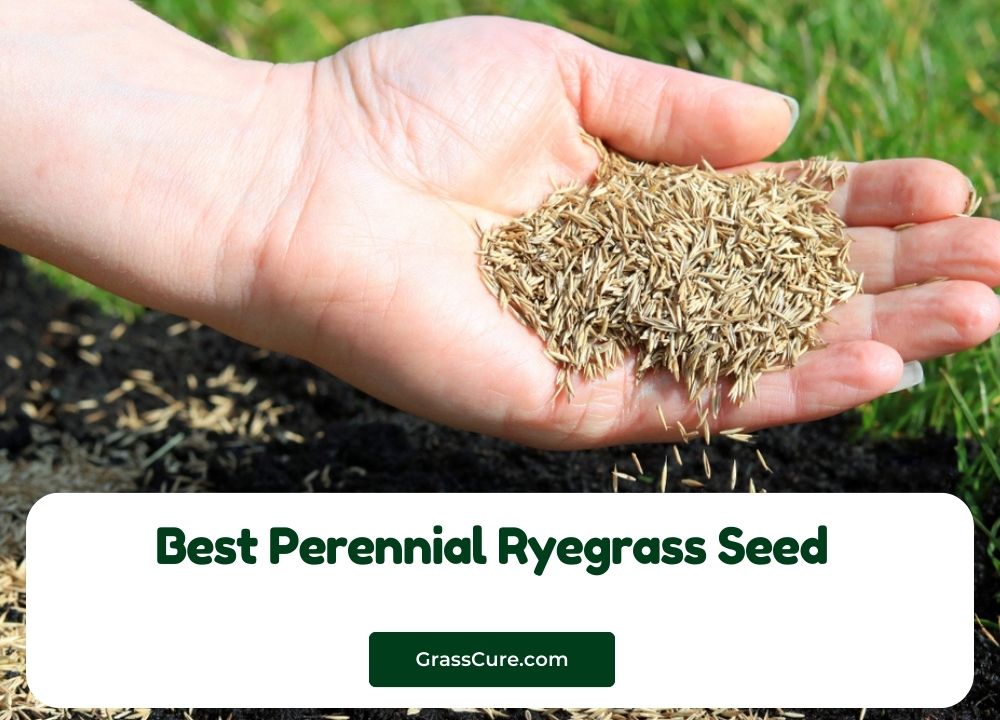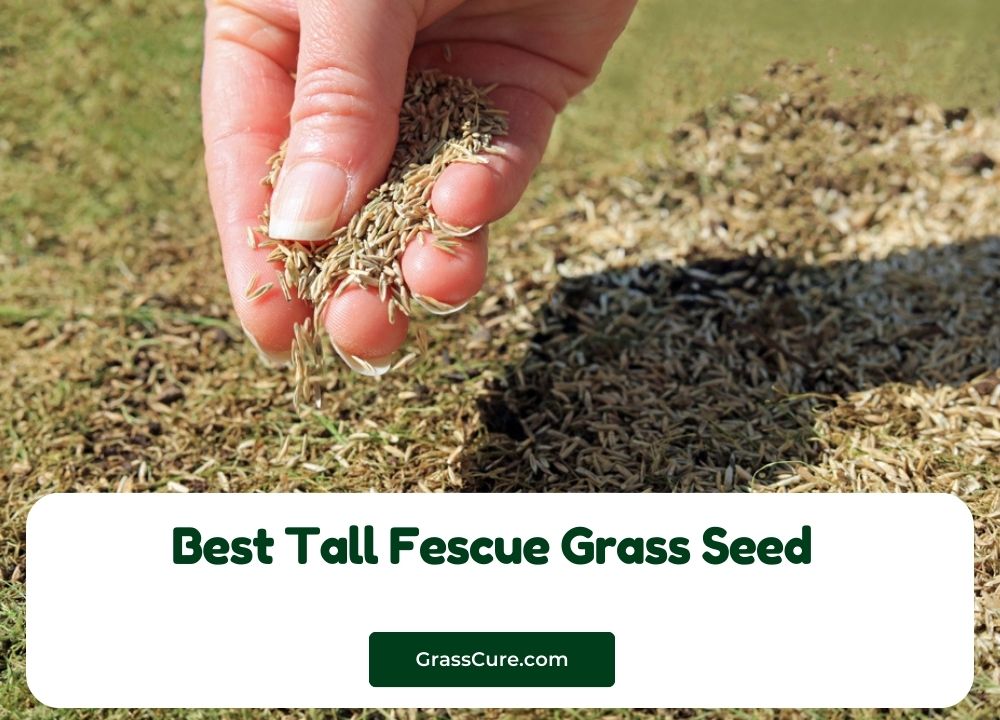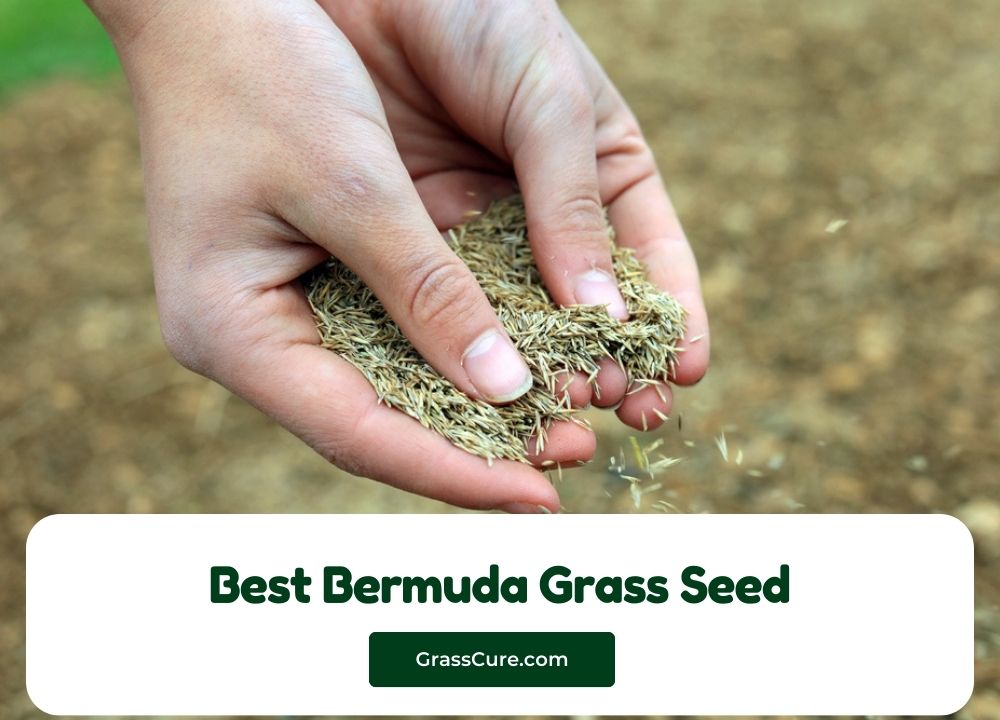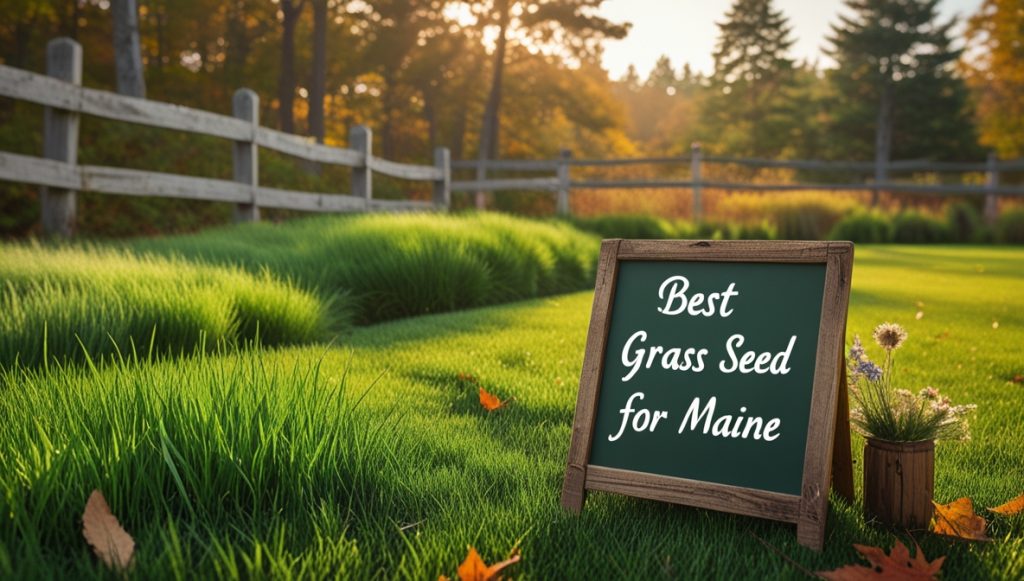Minnesota, dubbed the Land of 10,000 Lakes, offers a stunning backdrop for lush lawns, but its challenging climate demands careful grass seed selection. With long, frigid winters, short growing seasons, and warm, humid summers, the state tests the resilience of any turf. Whether you’re in the urban Twin Cities, the northern forests near Duluth, or the prairie expanses of southern Minnesota, choosing the right grass seed is key to a healthy, vibrant lawn. In this in-depth guide, we’ll cover the best grass seed options for Minnesota, factors to consider in your choice, and practical tips for planting and maintaining a lawn that thrives in the North Star State’s unique conditions.
Contents
Understanding Minnesota’s Climate and Soil
Minnesota spans USDA Hardiness Zones 3a to 4b in the north and 4b to 5a in the south. Winters are harsh, with average lows plunging to -20°F or below in northern areas like International Falls, and heavy snowfall is common, especially near Lake Superior. Summers bring warmth, with highs in the 80s°F, though humidity and occasional droughts can stress lawns. Annual rainfall averages 25-35 inches, with more in the southeast and less in the northwest. Spring and fall are brief but ideal for grass growth.
Soils vary across the state. Northern Minnesota features sandy, well-draining soils often mixed with pine forest debris, while the central and southern regions have fertile loam or clay-heavy soils from ancient glacial activity. Soil pH typically ranges from 6.0 to 7.0, suitable for most grasses with slight adjustments. Cool-season grasses are the best fit for Minnesota’s cold climate, excelling in the state’s brisk springs and falls while enduring winter dormancy.
Top Grass Seed Choices for Minnesota
- Kentucky Bluegrass
- Why It’s Great: Kentucky bluegrass is a top choice in Minnesota for its cold hardiness and rich, dark green color. Its rhizomatous growth helps it recover from winter damage and heavy snow cover.
- Pros: Dense turf, self-repairing, and excellent winter tolerance.
- Cons: Requires full sun (6+ hours daily) and regular watering; struggles in shade or drought.
- Best For: Sunny lawns in suburban areas like Edina or Rochester where beauty is a priority.
- Fine Fescue
- Why It’s Great: Fine fescue varieties (creeping red, Chewings, hard fescue) thrive in Minnesota’s shaded northern regions and sandy soils, offering low-maintenance appeal and drought resistance.
- Pros: Shade tolerance, minimal care needs, and fine texture.
- Cons: Less durable under heavy traffic; may thin in full sun without attention.
- Best For: Shaded yards near lakes or forests, such as cabins in Brainerd or Duluth.
- Tall Fescue
- Why It’s Great: Tall fescue’s deep roots provide resilience against Minnesota’s summer heat and occasional dry spells, while its cold tolerance suits the state’s winters. It’s tough and adaptable.
- Pros: Drought resistance, durability, and disease resistance.
- Cons: Coarser texture; doesn’t spread naturally, needing overseeding for repairs.
- Best For: High-traffic lawns in Minneapolis or St. Paul with kids or pets.
- Perennial Ryegrass
- Why It’s Great: Perennial ryegrass germinates quickly (5-10 days), making it perfect for overseeding or establishing a lawn fast in Minnesota’s short growing windows. It’s wear-tolerant.
- Pros: Rapid growth, fine texture, and good traffic resistance.
- Cons: Less cold-hardy than Kentucky bluegrass; may struggle in extreme winters or wet soils.
- Best For: Quick repairs, sports fields, or blending with other grasses.
- Seed Mixtures
- Why It’s Great: Combinations of Kentucky bluegrass, fine fescue, and perennial ryegrass are popular in Minnesota, offering a mix of cold tolerance, shade adaptability, and quick establishment.
- Pros: Versatility, resilience, and suitability for varied conditions.
- Cons: Maintenance varies by species; weaker performers may thin over time.
- Best For: Most Minnesota lawns, especially those with mixed sun/shade or soil types.
Factors to Consider When Choosing Grass Seed
- Sunlight: Kentucky bluegrass and perennial ryegrass need full sun, while fine fescue excels in shade. Tall fescue and mixtures handle partial shade well.
- Traffic: High-use lawns benefit from tall fescue or perennial ryegrass. Kentucky bluegrass suits lighter traffic, and fine fescue is ideal for low-use areas.
- Maintenance: Fine fescue and tall fescue require less effort than Kentucky bluegrass, which needs regular watering and fertilizing.
- Soil: Sandy soils favor fine fescue or tall fescue, while loam and clay support Kentucky bluegrass with proper drainage.
- Winter Hardiness: All options must withstand Minnesota’s cold, but Kentucky bluegrass and tall fescue stand out for snow and ice tolerance.
Planting and Maintenance Tips
The best time to plant cool-season grasses in Minnesota is late summer to early fall (August to mid-September), when soil is warm and air is cool, giving roots time to establish before winter. Spring (April to early June) is a secondary option, though summer heat can stress seedlings.
- Preparation: Remove debris, aerate compacted soil, and amend with compost or topsoil. Test soil pH (aim for 6.0-7.0) and adjust with lime if needed. Apply a starter fertilizer (e.g., 10-20-10 NPK).
- Seeding: Use a spreader to apply seed evenly (e.g., 7-10 lbs per 1,000 sq ft for tall fescue). Rake lightly and water to settle.
- Watering: Keep soil moist during germination (2-3 weeks), then water deeply—1 inch weekly—adjusting for rain or snowmelt.
- Mowing: Mow at 3-4 inches once grass reaches that height, cutting no more than one-third at a time. Maintain 2.5-3.5 inches for health.
- Fertilizing: Fertilize in fall and spring with a balanced product (e.g., 10-10-10). Avoid over-fertilizing to prevent burn or weak growth.
- Weed Control: Apply pre-emergent herbicides in spring for crabgrass and spot-treat broadleaf weeds. Dense turf minimizes weed issues.
Recommended Products
- Scotts Turf Builder Kentucky Bluegrass Mix: Cold-tolerant and quick to establish.
- Pennington Smart Seed Tall Fescue Blend: Durable for Minnesota’s extremes.
- Jonathan Green Shady Nooks Fine Fescue: Perfect for shaded northern lawns.
- Barenbrug Perennial Ryegrass Seed: Fast-growing and resilient.
Regional Considerations
Northern Minnesota’s colder climate (Zone 3a-4a) favors Kentucky bluegrass and fine fescue for their winter hardiness, especially near Duluth with lake-effect snow. Southern areas like Rochester (Zone 4b-5a) can support tall fescue or mixtures for added summer tolerance. Sandy soils along lakeshores benefit from fine fescue, while urban lawns in the Twin Cities thrive with blends or perennial ryegrass for quick coverage and wear resistance.
Conclusion
The best grass seed for Minnesota hinges on your lawn’s conditions and goals. Kentucky bluegrass delivers stunning beauty for sunny yards, fine fescue thrives in shaded retreats, tall fescue handles tough use, and perennial ryegrass offers speed and resilience. Mixtures provide a balanced approach for most properties. By aligning your seed choice with Minnesota’s cold winters, brief summers, and varied soils—and following proper planting and care—you’ll cultivate a lawn that shines from the prairies to the pine forests, enduring the state’s wild weather withgrace.
